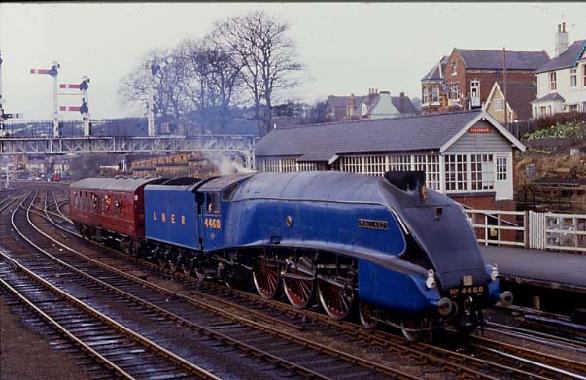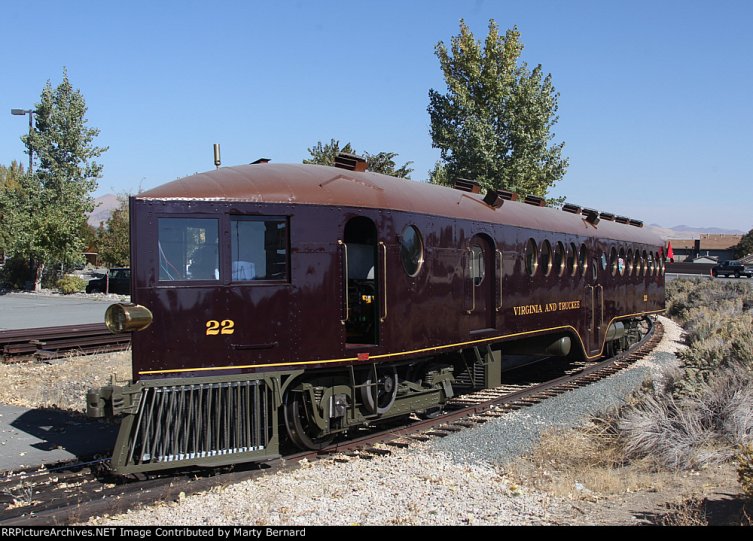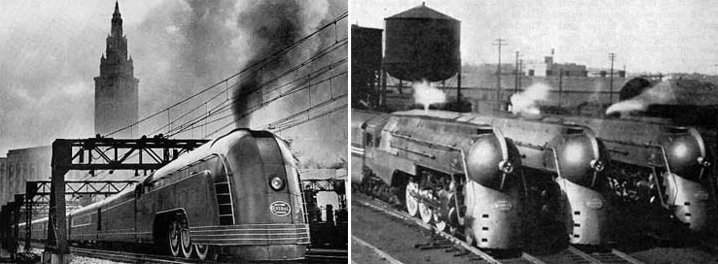Forgotten Weapons
Published Nov 29, 2023The Maxim Gun was the first successful true machine gun, and it became extremely popular worldwide. Maxim sent his first two working models to Enfield for testing in 1887, and by 1889 he had what he termed the “World Standard” model. No two contracts were quite identical, as the gun was constantly being tweaked and improved, but the 200 guns sold to Argentina in 1895 (50), 1898 (130) and 1902 (20) are a great time capsule into the configuration of the early Maxim guns in military service.
The Argentine Maxims had gorgeous brass jackets, along with ball grips, triggers, feed blocks, and fusee spring covers. The have the early 1889 pattern lock, complete with a walnut roller to assist belt feeding into the action. These guns were in Argentine military service until 1929 (which included a retrofit at DWM in 1909 to use the new Spitzer 7.65mm Mauser cartridge). They then passed into police use until 1956, and 91 were sold to Sam Cummings of InterArms in 1960. Of those, 8 were exported out of the US, 28 went to government agencies and museums, and the remaining 55 were sold onto the US collector market. They are the single largest group of early Maxims in the country today, and make fantastic collectors’ pieces.
(more…)
March 3, 2024
Argentine Brass Maxim: A Machine Gun of the Steampunk Age
December 10, 2019
Before the Lewis Gun was the McClean Automatic Rifle
Forgotten Weapons
Published 18 Oct 2019This is Lot 1158 in the upcoming October Morphy Extraordinary auction.
Samuel McClean was a medical doctor from Iowa who began tinkering with firearms designs in 1889, and formed the McClean Arms Company in 1896. He was an intelligent and talented designer, but never quite managed to get a gun good enough for military acceptance. His work included bolt actions rifles, self-loading shoulder rifles, machine guns, and self-loading cannons. By 1910 his company had gone bankrupt twice, and he was forced out by his investors. Isaac Newton Lewis was brought in, and turned McClean’s initial concepts into the ultimately-successful Lewis Machine gun.
However, McClean made one least attempt to produce his own gun after World War One. This is the McClean Automatic Rifle, and it was tested by the US Navy in 1919 – and rejected. This pattern uses an operating system similar to McClean’s early work, and thus also quite similar to the Lewis gun. Instead of two large locking lugs, however, it has several dozen small lugs in two rows on each side of the bolt. The gas piston is also huge by modern standards; over an inch in diameter. The gun is unfortunately missing its magazine Still, it is the only example of the type known to exist, and probably the only one ever manufactured.
http://www.patreon.com/ForgottenWeapons
Cool Forgotten Weapons merch! http://shop.bbtv.com/collections/forg…
Contact:
Forgotten Weapons
6281 N. Oracle #36270
Tucson, AZ 85704
October 2, 2019
Marston 3-Barrel Selectable Pocket Derringer
Forgotten Weapons
Published on 18 Aug 2019RIA on YouTube: https://www.youtube.com/user/RockIsla…
RIA on Instagram: https://www.instagram.com/rockislanda…William Marston was born in the UK in 1822 and emigrated to the US in the 1830s with his father, who was a gunsmith. William became a naturalized citizen in 1843, and in 1844 went to work for his father in the family business. He would later open his own shop, and became successful making a wide variety of firearms — mostly concealable pocket pistols — until his death in 1872.
This is one of his 3-barrel derringers, with a pretty neat auto-indexing system. This one is in .32 rimfire with 3″ barrels, although 4″ barrels and .22 rimfire versions were also made. Production began in 1858, but really picked up with the addition of an extractor in 1864. That improved model would see some 3300 examples made.
http://www.patreon.com/ForgottenWeapons
Cool Forgotten Weapons merch! http://shop.bbtv.com/collections/forg…
Contact:
Forgotten Weapons
PO Box 87647
Tucson, AZ 85754
July 10, 2018
CELTICA – Pipes Rock: Megawatt (Official Video)
CELTICA -Pipes Rock! Official videos
Published on 3 Apr 2017Megawatt performed by Celtica during the Wild Wild Wild West Steampunk Convention at Old Tucson Studios in spring 2017. Thanks to all the creative, awesome Steampunk-people who made the video a colorful extravagaza.
August 17, 2014
Jeff Burke plays Bassoon and Theremin cover of “Get Lucky”
It’s been a while since I last saw Jeff performing live, but this little video taken last weekend at the Coldwater Steampunk Festival gives you a taste of what he can do:
We’d driven through Coldwater earlier in the week, on our way to visit friends in Waubaushene on Georgian Bay, but couldn’t get back there on the weekend for the festival, unfortunately.
H/T to Boing Boing‘s Rob Beschizza for the link.
April 17, 2014
The patented Heath Robinson/Rube Goldberg wine opener
Certainly the most SteamPunk wine-opener-and-pourer you’ll see this week:
H/T to Roger Henry for the link.
March 11, 2012
Conflicting reviews of John Carter
First up, Tim O’Reilly (of O’Reilly Books), who wasn’t impressed with the new movie:
Well, I was disappointed. Here are a few reasons:
1. The character of John Carter was all wrong — brutish and stupid, far from the chivalrous Virginia gentleman of the books. They abandoned the unabashed romanticism of Burroughs in favor of a modern anti-hero whose tortured path to falling in love with Dejah Thoris, a Princess of Mars, was completely unconvincing.
I wonder at this failure to grasp the simplicity of emotion that suffused the golden age of science-fiction. George Lucas nailed it perfectly in the first Star Wars trilogy. Nobility of purpose, idealism, the pure romance of a boy (or girl) who hasn’t yet experienced the complications of the real thing, adventure and the chance to make a big difference against impossible odds: these are the motivations of the genre.
2. Too much spectacle, not enough attention to character and story. And what spectacle there was was undistinguished. There was a certain steampunk grandiosity to the way they did the flying ships of Barsoom that I liked, and there were some stretches of Lake Powell as the River Iss that I found visually compelling.
On the other hand, ESR went in expecting to be disappointed and instead quite enjoyed the movie:
I’ve read all of the Barsoom novels the movie was based on, but they’re not important in the furniture of my imagination in the way that (say) Robert Heinlein’s books are. They’re very primitive pulp fiction which I sought out mainly because of their historical importance as precursors of later and more interesting work. Still, they are not without a certain rude, innocent charm. The heroes are heroic, the villains villainous, the women are beautiful, dying Mars is a backdrop suffused with barbaric splendor, and the prose is muscular and vigorous.
This translation to movie form retains those virtues quite a bit more faithfully than one might have expected. In doing so it reminded me very much of the 2009 Sherlock Holmes movie with Robert Downey Junior (see my review, A no-shit Sherlock). I didn’t get the powerful sense Sherlock Holmes gave me of the lead actors caring passionately about the source material, but the writers of John Carter certainly cared as much. A surprising amount of Burrough’s Barsoomian mythology and language made it into the movie. The barbarian Green Martians are rendered with gratifying unsentimentality, and the sense of Barsoom as an ancient planet with time-deep history and ancient mysteries is well conveyed.
If you’re me, reading the Barsoom novels is also an entertaining exercise in in origin-spotting tropes that would recur in later planetary romances and space operas clear down to the present day. The designers and writers of John Carter are alive to this; there are a number of points at which the movie visually quotes the Star Wars franchise in a funny, underlined way that reminds us that Barsoom was actually the ur-source for many of the cliches that Star Wars mined so successfully.
March 8, 2012
The “SteamPunkiest” railcar ever
A few pictures from RR Picture Archives by Marty Bernard, showing the most Steampunk-appropriate railway vehicle, the McKeen Motor Car. This example is painted in Virginia & Truckee markings:
August 19, 2011
Almost, but not quite, entirely unlike a rap music video
H/T to Maggie Koerth-Baker at BoingBoing (and I’m still a bit astonished I didn’t see it at Ghost of a Flea first . . .) [In-line update: of course he got there months ago. Silly of me to think otherwise.]
From the comments at BoingBoing, it’s apparently called “Chap-Hop“.
For some British rappers, nothing goes better with laying down rhymes than a gin and tonic and a Sunday afternoon stroll.
They have created chap-hop, fusing the American urban musical genre with the imagined lifestyle of the British upper classes. And this coastal town, with its candy-colored Victorian villas and seafront promenade, is the setting for the latest hip-hop feud.
In chap-hop videos, hip-hop tropes are subtly undermined: Barely clothed models are replaced with a ladylike redhead in a summer frock, cricket bats are substituted for uzis.
Professor Elemental, a self-styled “Steampunk Mad Professor” and leading chap-hop MC, is one of its top exponents. He is easy to spot in the Marwood Café here, even amid its décor of spectacle-wearing stuffed owls and dismembered mannequins. Clad in Victorian-explorer garb, complete with pith helmet, he is eager to talk about his planned trip across the Atlantic.
March 29, 2011
“Steampunk” industrial machinery
This is a set of Hulett ore unloaders in Cleveland in the late 1980’s and early 1990’s shortly before they were finally retired. You can readily see how the Victorian imagination could lend itself to monstrous walking engines, given the huge mechanical marvels to be seen working along the dockside.
H/T to Robert Netzlof for the link.
October 27, 2010
The surplus of “steampunk” in SF
I have to admit that “steampunk” never really made it onto my regular reading list. I rather like some of the artwork and created artifacts, but the actual stories don’t grab me. Charles Stross isn’t a fan, either:
I am becoming annoyed by the current glut of Steampunk that is being foisted on the SF-reading public via the likes of Tor.com and io9.
It’s not that I actively dislike steampunk, and indeed I have fond memories of the likes of K. W. Jeter’s “Infernal Devices”, Tim Powers’ “The Anubis Gates”, the works of James Blaylock, and other features of the 1980s steampunk scene. I don’t have that much to say against the aesthetic and costumery other than, gosh, that must be rather hot and hard to perambulate in. (I will confess to being a big fan of Phil and Kaja Foglio’s Girl Genius.) It’s just that there’s too damn much of it about right now, and furthermore, it’s in danger of vanishing up its own arse due to second artist effect. (The first artist sees a landscape and paints what they see; the second artist sees the first artist’s work and paints that, instead of a real landscape.)
We’ve been at this point before with other sub-genres, with cyberpunk and, more recently,
paranormal romancefang fuckersbodice rippers with vamp-Sparkly Vampyres in Lurve: it’s poised on the edge of over-exposure. Maybe it’s on its way to becoming a new sub-genre, or even a new shelf category in the bookstores. But in the meantime, it’s over-blown. The category is filling up with trashy, derivative junk and also with good authors who damn well ought to know better than to jump on a bandwagon. (Take it from one whose first novel got the ‘S’-word pinned on it — singularity — back when that was hot: if you’re lucky, your career will last long enough that you live to regret it.) Harumph, young folks today, get off my lawn ….
July 12, 2010
Streamlined trains
Cory Doctorow links to some photos and posters from the golden age of streamlined trains, saying “by contrast, today’s trains seem to be designed to say, ‘The future will not arrive, but if it does, it will be more of the same.'”:
The gorgeous streamlined steam and diesel locomotives from the 1920s-1930s scream “steampunk” and “dieselpunk” to anyone who can appreciate it, and also provide an ample field for research for train historians and collectors. This was the era of The Mighty Streamlined Machine, and it plainly shows even in black-and-white photographs that remained.
Although the images represent a wide variety of streamliners, they missed one of the most famous:
 LNER 4468 “Mallard” (Image from Scarborough Railway Society)
LNER 4468 “Mallard” (Image from Scarborough Railway Society)



 Click to see full size image at RR Picture Archives
Click to see full size image at RR Picture Archives


